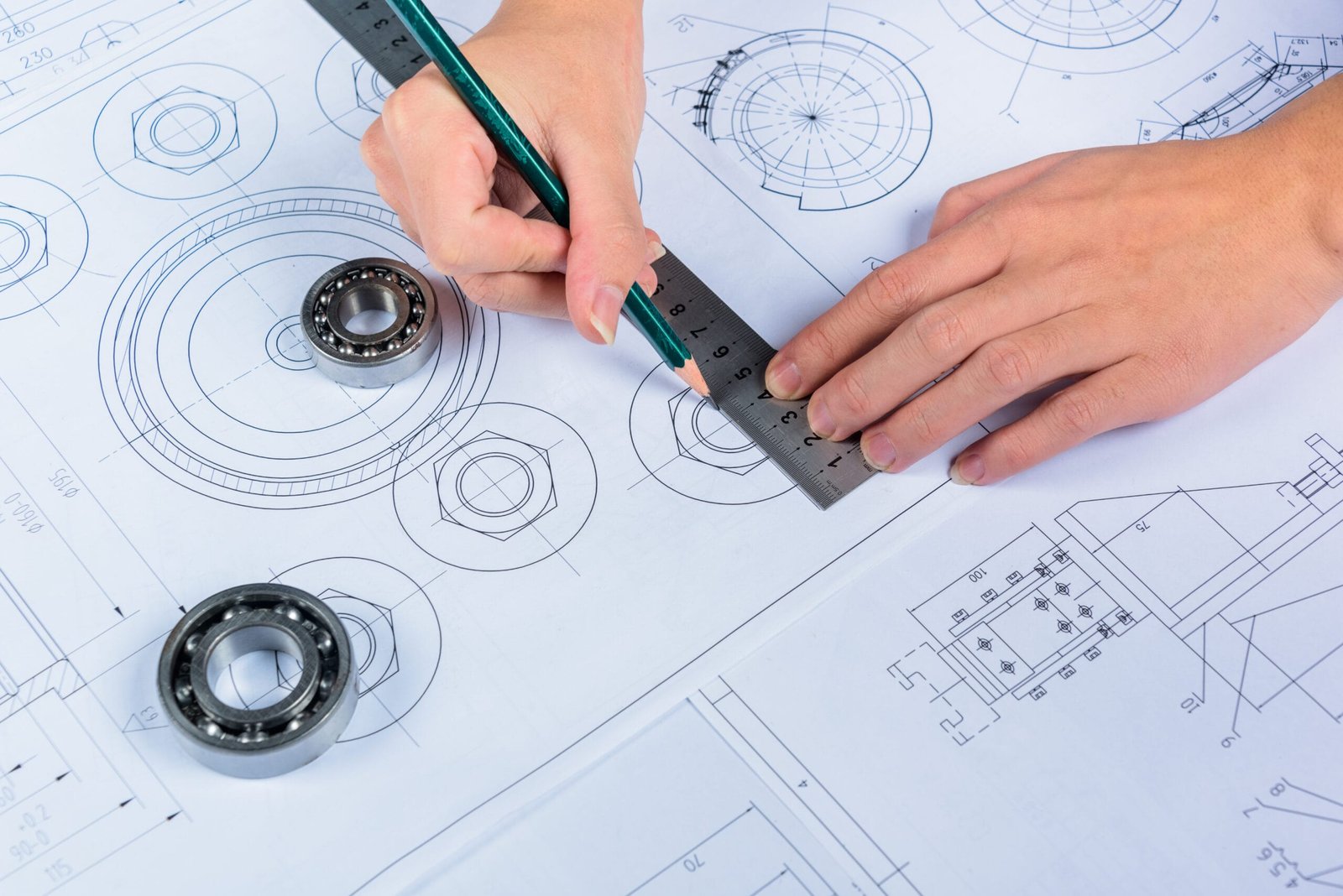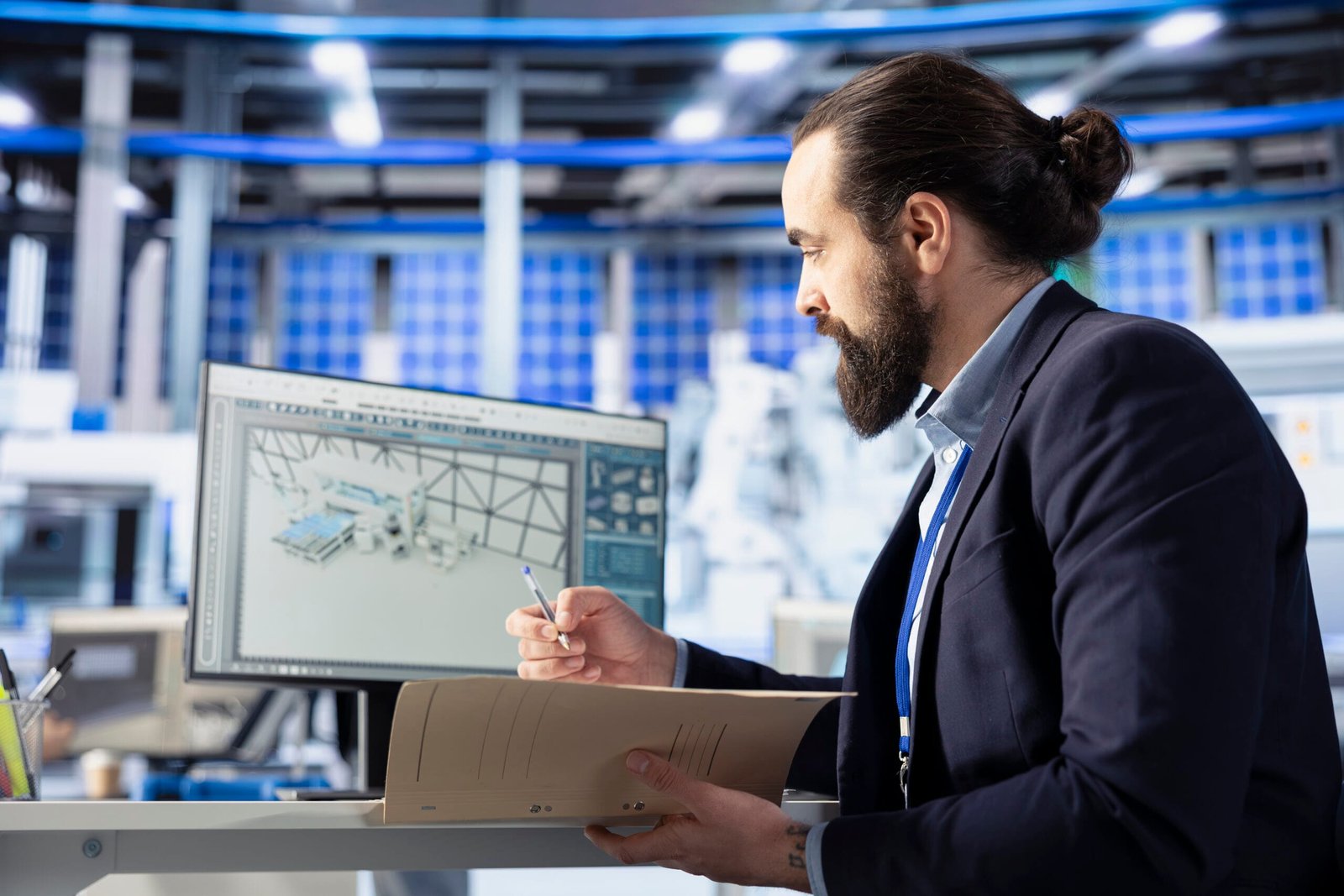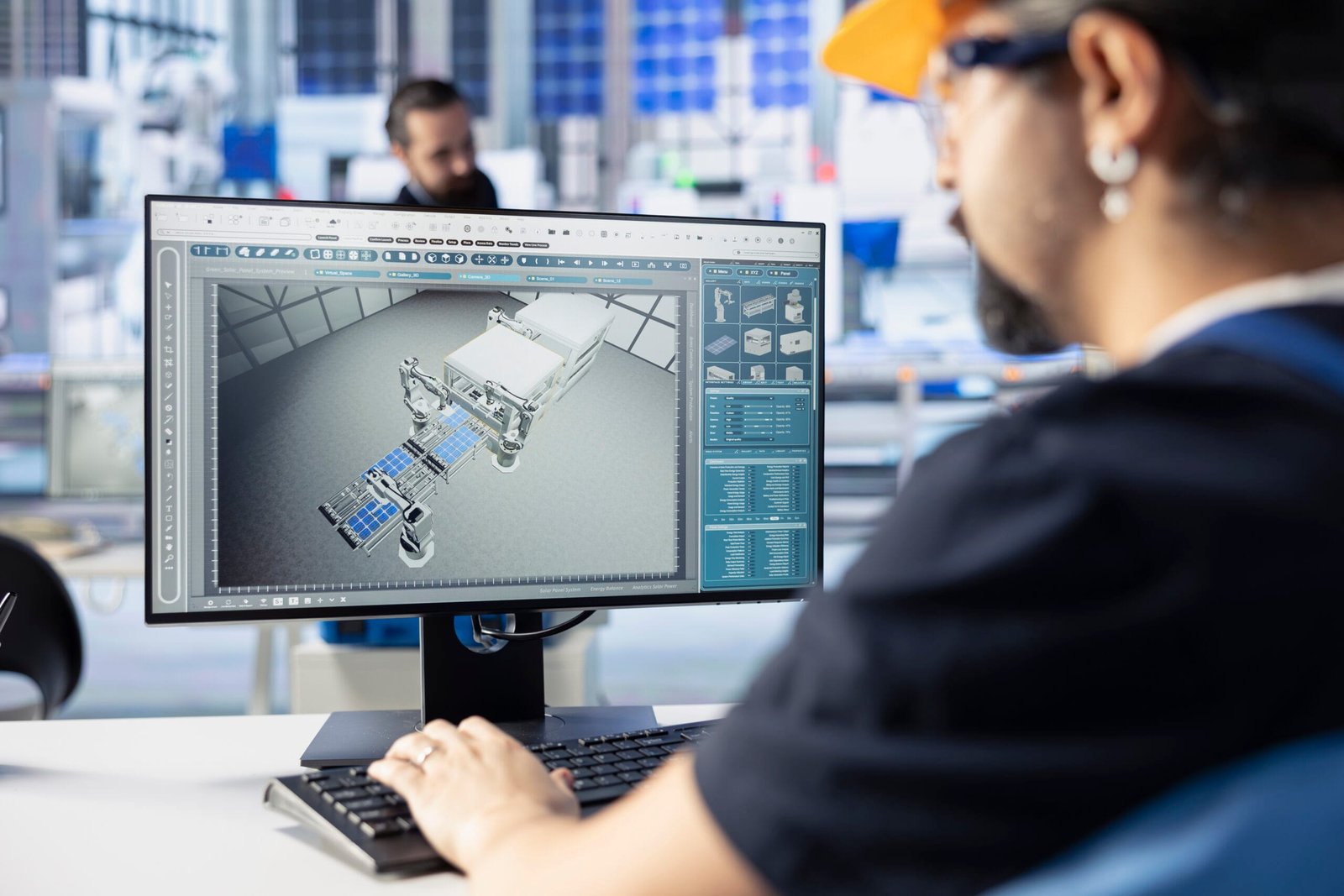Description:
Discover how Rhino 3D rendering enhances mechanical design and visualization for DesignHok projects. Explore its features, benefits, real-world applications, and how it supports innovation, accuracy, and client satisfaction in engineering and architectural workflows.
In today’s fast-paced design environment, visual precision is everything. Whether working on a complex mechanical part, a conceptual prototype, or a detailed architectural component, the ability to visualize and communicate ideas effectively is essential. At DesignHok, we leverage Rhino 3D rendering to transform basic models into photorealistic visuals that bring designs to life.
What Is Rhino 3D Rendering?
Rhino 3D, developed by Robert McNeel & Associates, is a powerful 3D computer graphics and CAD application known for its versatility and precision. While Rhino excels at modeling, its rendering capabilities—especially when integrated with plug-ins like V-Ray, KeyShot, or Lumion—turn it into a complete visualization tool.
Rendering in Rhino involves transforming wireframe or shaded models into detailed, photorealistic images. This process adds lighting, shadows, textures, materials, and camera angles to simulate how a design would appear in the real world. At DesignHok, this ability is invaluable for both concept validation and client presentations.
Why DesignHok Uses Rhino 3D Rendering
DesignHok specializes in Mechanical Design Projects, 2D Drafting, 3D Modeling, and Rendering Projects. Rhino 3D rendering fits seamlessly into our design pipeline for several reasons:
1. Precision and Accuracy
Rhino supports NURBS modeling, allowing for precise and mathematically accurate representations of curves and surfaces. This level of detail is crucial for our mechanical designs, especially when working on complex components that require tight tolerances.
2. Visualization of Complex Geometry
Many of our projects involve intricate geometries. Rhino’s advanced rendering capabilities allow us to visualize these designs in 3D, helping clients understand scale, function, and aesthetics before physical production begins.
3. Faster Iteration Cycles
Rendering in Rhino allows our designers to test multiple materials, finishes, and lighting setups without rebuilding the model. This speeds up the revision process and helps our team arrive at the best possible solution more efficiently.
4. Client Communication and Approval
Photorealistic renderings created in Rhino help clients see exactly what they’re getting. Whether it’s a machine casing, assembly layout, or conceptual product, these visualizations make it easier for clients to provide feedback, request changes, and approve designs confidently.
5. Support for Engineering and Manufacturing
Rendered models can be used alongside technical drawings to explain assembly procedures, part alignments, or machine functions. This dual-visual approach ensures clarity for both engineers and non-technical stakeholders.
Key Features of Rhino 3D Rendering
Here are the standout features that make Rhino a core tool at DesignHok:
a. Realistic Materials and Textures
Rhino supports a wide range of material libraries and allows custom texture mapping. Whether we’re simulating brushed aluminum, polished plastic, or industrial steel, we can achieve lifelike results.
b. Advanced Lighting Options
Lighting setups including sun studies, HDRI environments, and artificial light simulations allow us to present the design under different conditions. This helps in architectural design and industrial product development.
c. Custom Cameras and Angles
Rhino allows us to set camera views with focal lengths, perspective, depth of field, and resolution—providing cinematic control over how the final render looks.
d. Compatibility with Rendering Engines
Rhino integrates smoothly with advanced rendering engines like V-Ray and KeyShot, allowing us to upscale rendering quality and add advanced effects like reflections, refractions, and caustics.
Applications of Rhino 3D Rendering at DesignHok
- Mechanical Product Visualization
From gear assemblies to machine casings, we use Rhino to create clean, compelling visuals of mechanical products for client presentations and production teams. - Prototype Demonstration
Before we produce prototypes, Rhino renderings are used to evaluate aesthetics, ergonomics, and proportions. This saves time and cost on unnecessary physical trials. - Architectural Component Design
For clients working on architectural installations, Rhino helps us render doors, frames, HVAC components, and structural designs in their environmental context. - Marketing & Documentation
Rendered visuals are also used in product brochures, manuals, and marketing material, helping clients promote their designs effectively.
Rhino Rendering Workflow at DesignHok
Our process includes several key stages:
- 3D Modeling in Rhino – Start with a detailed, accurate model using NURBS.
- Material Assignment – Apply realistic materials and textures.
- Lighting Setup – Configure scene lighting (natural, artificial, HDRI).
- Camera Setup – Position custom cameras for desired views.
- Rendering Engine – Choose the best renderer (Rhino Renderer, V-Ray, or KeyShot).
- Final Touch-Ups – Enhance render in post-production (if required) using tools like Photoshop.
Advantages of Rhino 3D Rendering for Clients
- High-quality presentation visuals
- Faster design approvals
- Greater confidence in the design
- Clear communication between teams
- Reduced design errors and revisions
Why Choose DesignHok for Rhino Rendering Projects?
At DesignHok, we don’t just render—we understand design. With a strong foundation in engineering principles and real-world product development, our team brings both technical accuracy and artistic sensibility to every Rhino 3D rendering. Whether it’s a standalone rendering or part of a full design package, we ensure that every image communicates the intent, function, and beauty of the design.
Conclusion
Rhino 3D rendering is more than just visual polish—it’s a powerful tool that enhances communication, reduces design risks, and speeds up decision-making. At DesignHok, we combine Rhino’s capabilities with our deep industry expertise to deliver designs that are not only functional but visually compelling. From detailed mechanical assemblies to sleek industrial concepts, our Rhino-rendered visuals help bring your vision to life with clarity and confidence.
Frequently Asked Questions (FAQ)
Q1: What types of projects benefit the most from Rhino 3D rendering at DesignHok?
A: Projects involving complex mechanical parts, industrial components, architectural elements, and prototypes benefit significantly from Rhino rendering due to its accuracy and visual realism.
Q2: Can I request a Rhino 3D render even if I already have a 3D model?
A: Yes, if you already have a model in formats like STEP, IGES, or STL, we can import it into Rhino and generate high-quality renders based on your specifications.
Q3: How long does it take to complete a Rhino rendering project?
A: It depends on the complexity of the model, the number of views needed, and the rendering quality. Basic renders can take a few days, while high-detail projects may take up to a week.
Q4: Do I need Rhino software to view the rendered files?
A: No, the rendered files are typically delivered in standard image formats like JPEG or PNG. We can also provide high-resolution PDFs or even animations if needed.
Q5: Can DesignHok help with modeling and rendering both?
A: Absolutely. We offer end-to-end services that include 2D drafting, 3D modeling, and final rendering—all in-house using Rhino and other professional tools.





